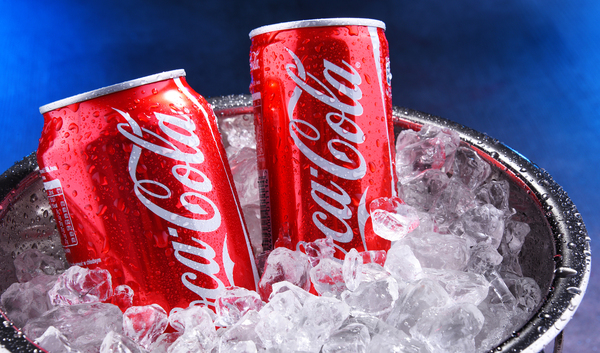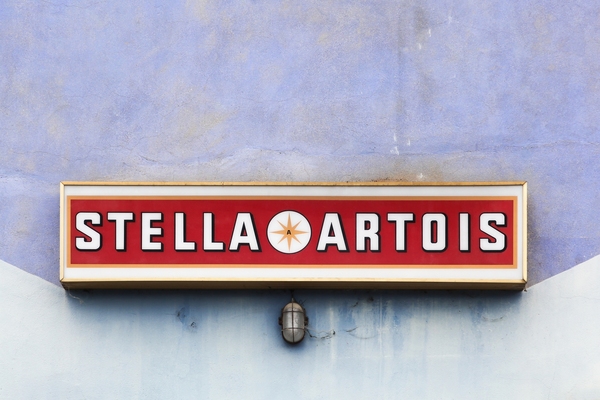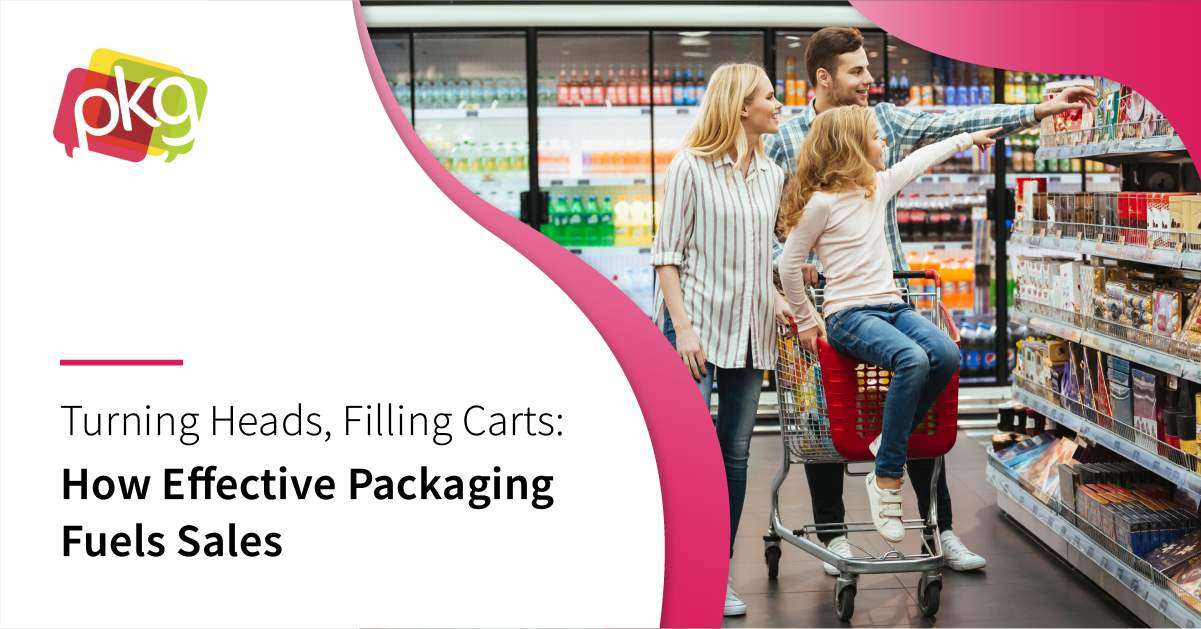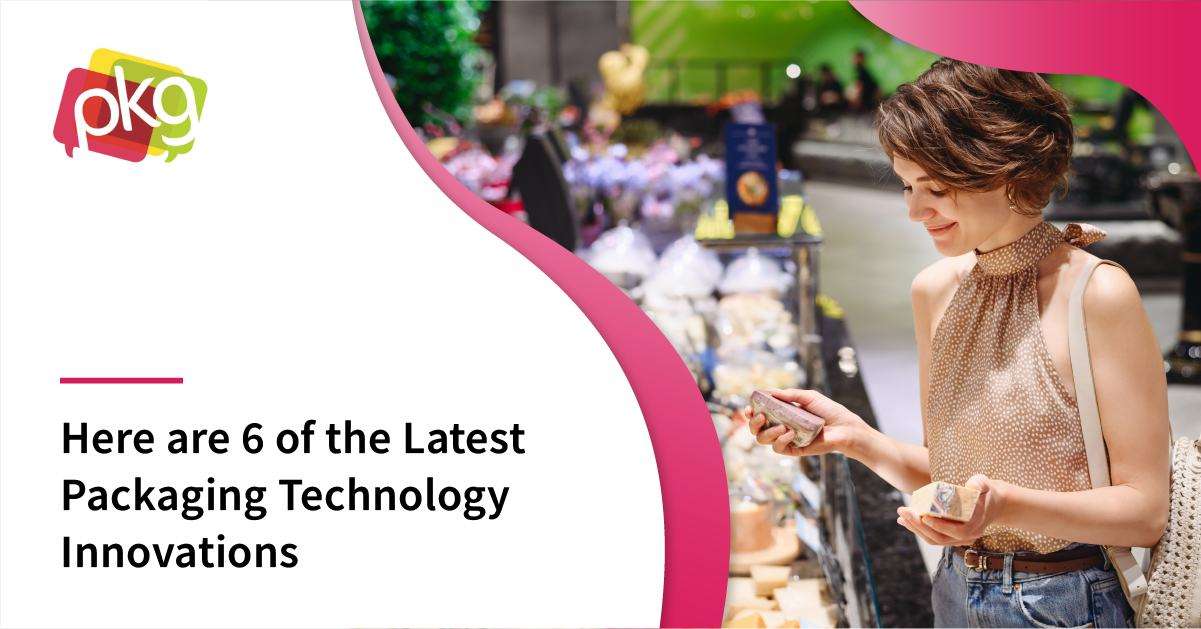
As store shelves become more crowded and brands compete with new market trends, packaging design becomes increasingly important for brand engagement with consumers.
CPG Packaging is More Than a Box
Inventionland points out the importance of product packaging and consumer engagement, stating, “Product packaging acts as the bait that lures the consumer in to the product and, if done properly, will reel that consumer in to bite and purchase that product.”
Product packaging is not just a tool to protect the product inside — it is also the primary marketing vehicle for the in-store consumer. Companies that succeed in reaching these customers use the packaging around the product to increase brand awareness and reinforce perception of their products.
They do this by using the package to relate to the consumers in some way. Product packaging is now a communications vehicle that conveys to the potential customer what your brand and company stand for. Simply put, your CPG packaging tells the story of your company and the products you produce.
So how can a company move beyond the cardboard box and into a slick representation of their corporate image and what it stands for?
How Can Your Brand Tell A Story?
The first step toward CPG packaging that tells your story is to understand your audience. This is true for any type of marketing, certainly, but particularly for packaging design, which must rely in part on catching the eye of the busy consumer.
If your target audience is younger, we know you must create a packaging design with bright colors, block fonts, and quirkier designs. Conversely, an older audience prefers more sophisticated language and elegant fonts. But these are design elements, and for the package to evolve into a brand story, there should be more than just the font.
Product packaging can expand beyond color and font into a storyline when multiple features are used to create a more robust 3-D image of the product in the mind of the consumer. The size and shape of the package, technical features, graphics, and the copy, can all leverage consistent marketing plans to build a story.
CPG packaging can also speak to overall corporate values, such as using recycled or reusable components to protect the environment. The graphics, whether contemporary or vintage, can speak volumes about the product and the company behind it. For example:
- Each Stonyfield Organic Yogurt container has a field of happy cows on a ranch. It creates positive images of the family farmer, happy cows, and a wholesome, delicious, and trustworthy product.
- Coca-Cola now has personalized packaging with a person’s name on it, with a corresponding marketing campaign.
- Stella Artois has bright red holiday packaging that emphasizes seasonal joy, family — and perhaps a six-pack gift placed under the tree.

Product packaging can also extend beyond the store shelves to the e-commerce environment. The latest in CPG packaging seeks to create an opening experience, where even the process of opening a branded box with a product storyline can create consumer excitement and bond them more tightly to your products.
PKG Brand Design is always on the forefront of new CPG branding and packaging initiatives; please subscribe to our blog for the latest package design industry news!







